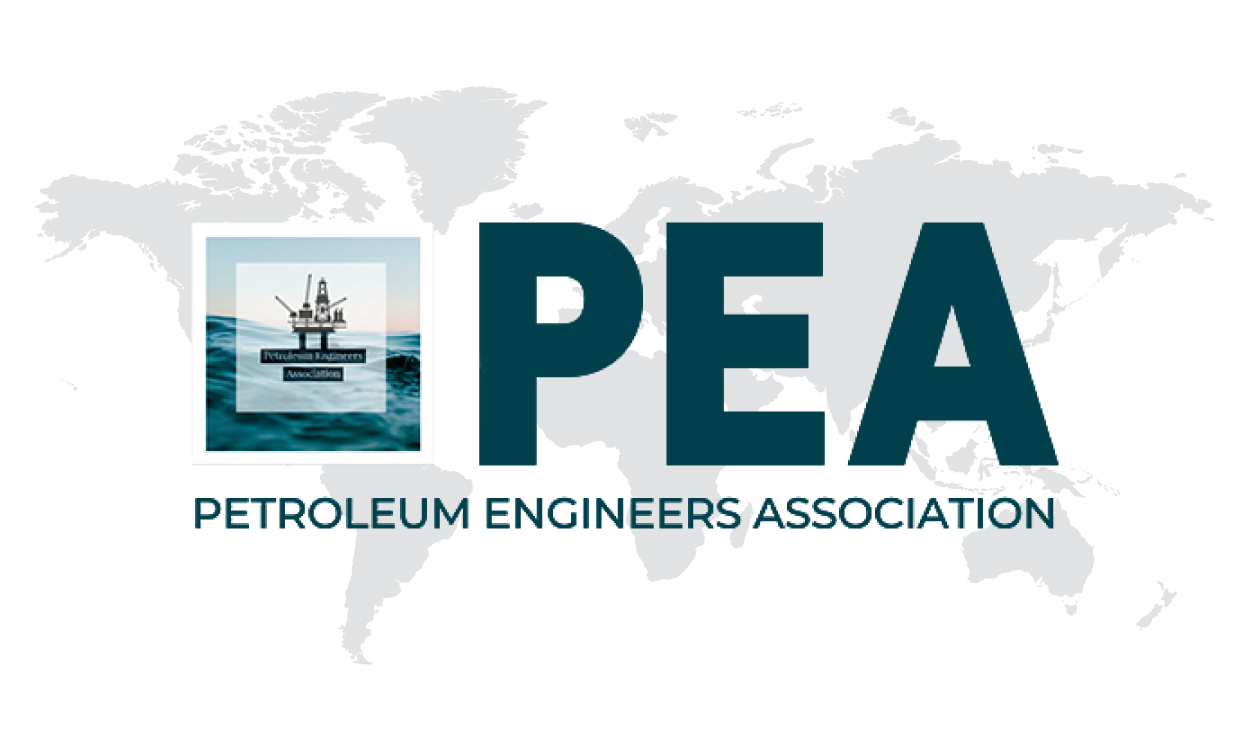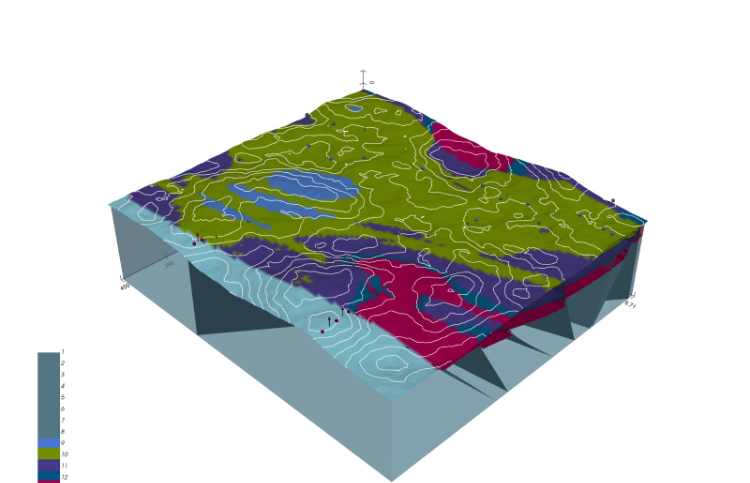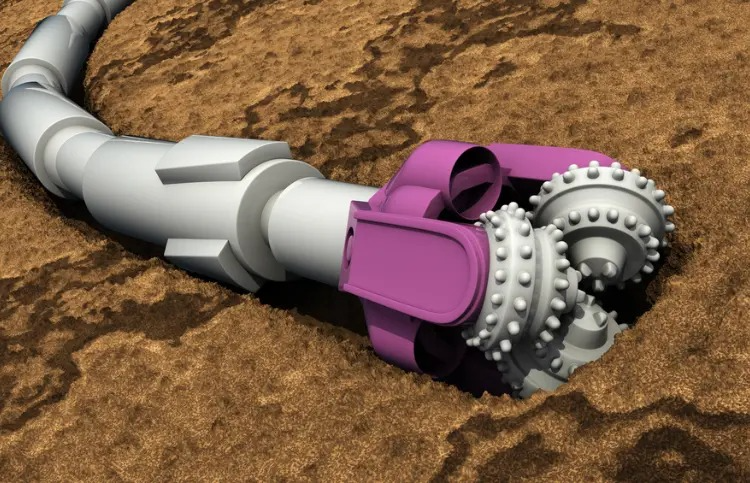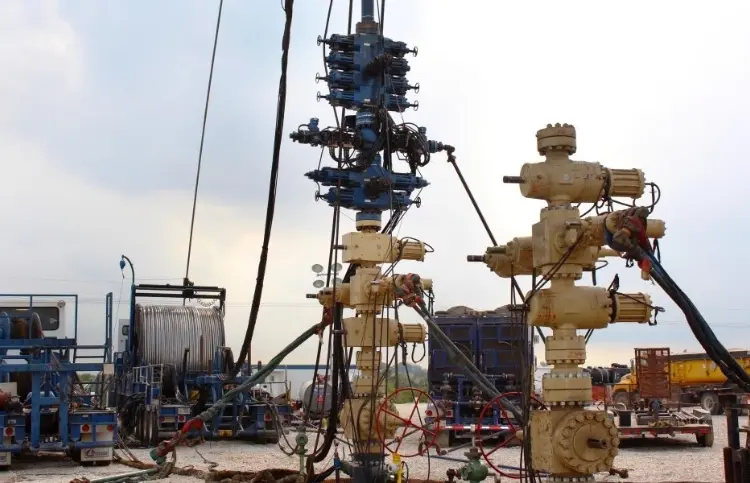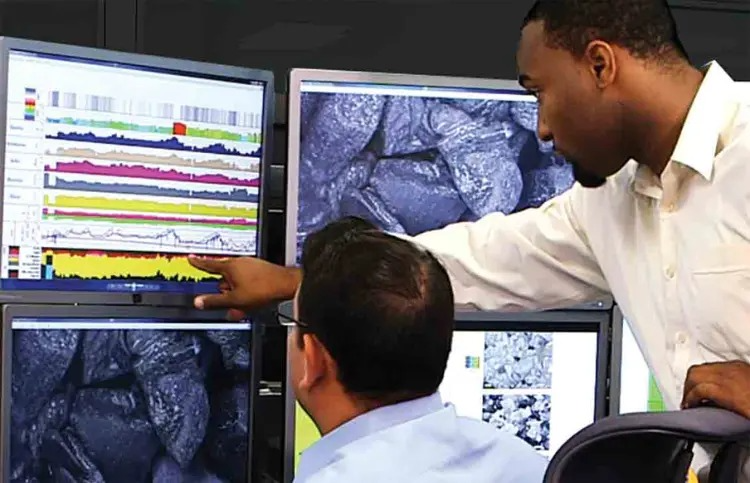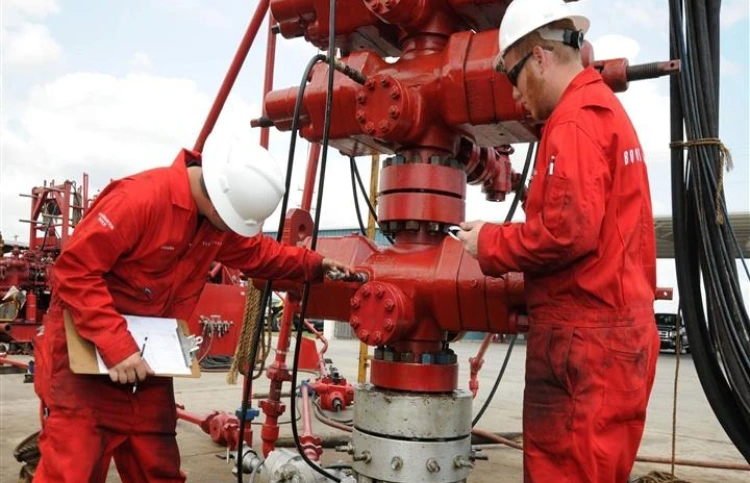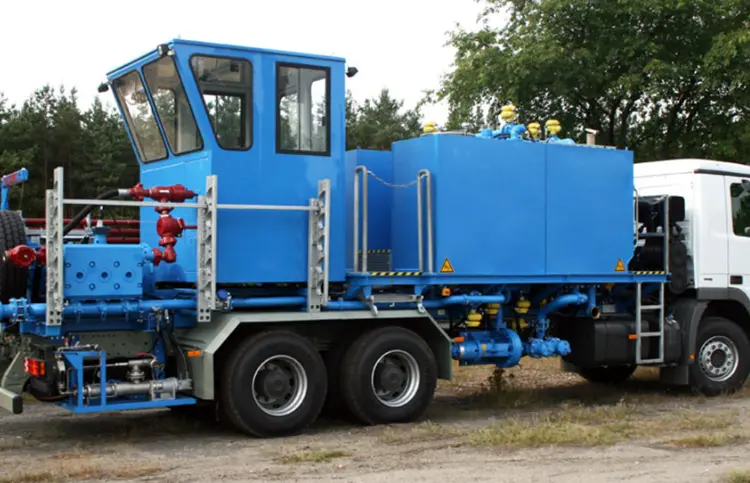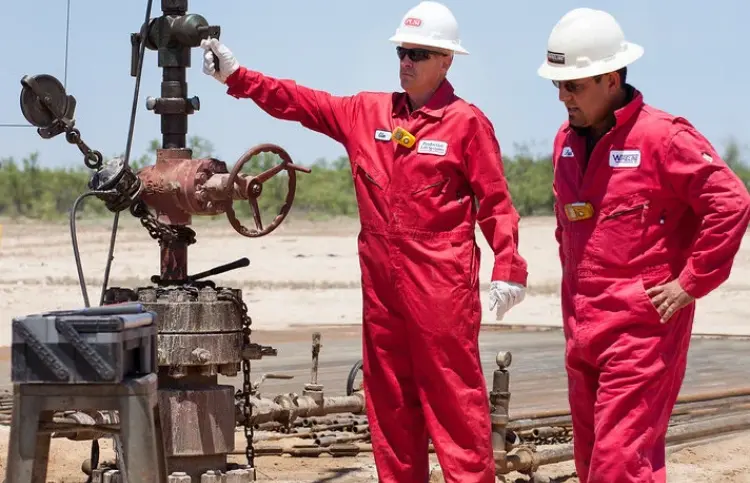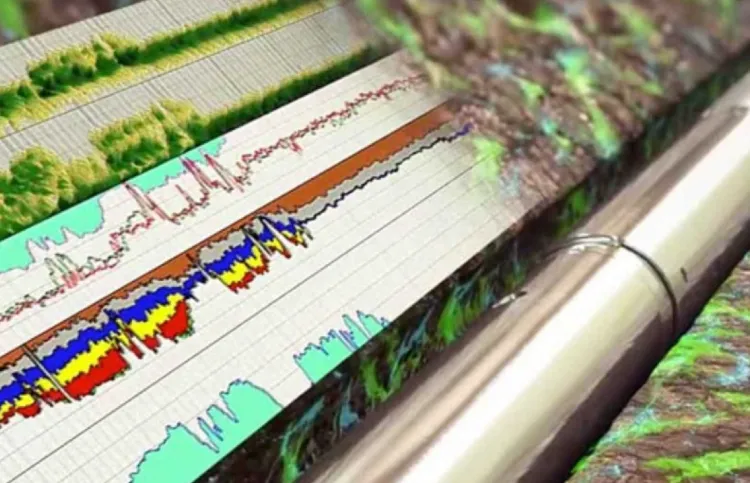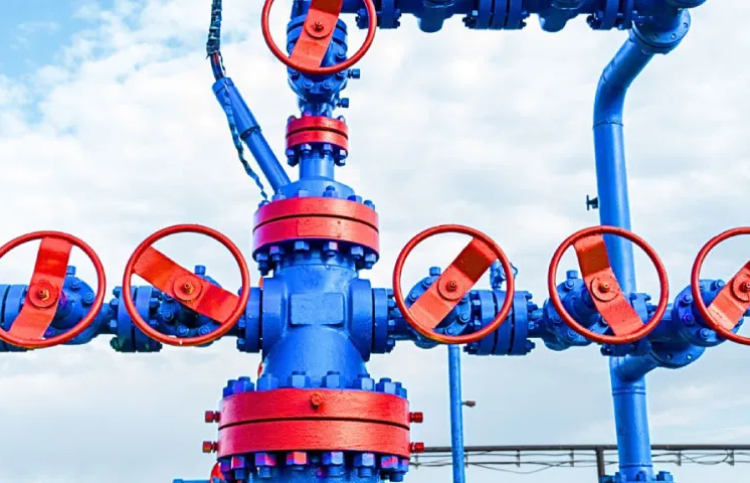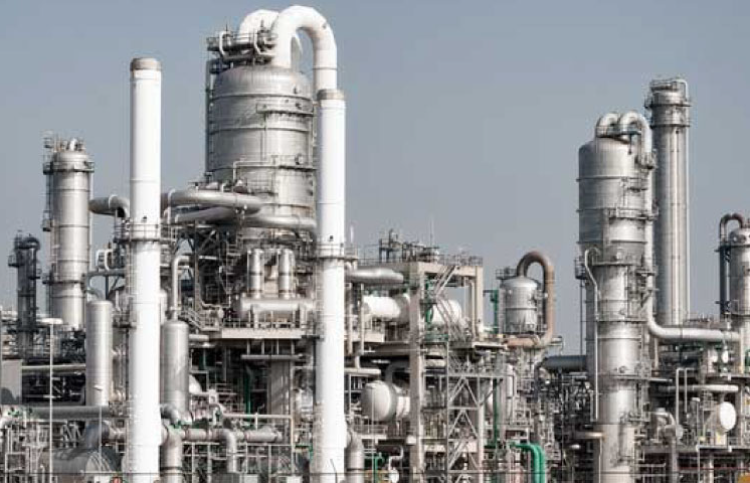Python for Geology & Geoscience
| Code | Duration | Currency | Fee Per Person |
|---|---|---|---|
| EL-PYGG-PEA |
25 Hours
|
USD
|
600
|
This is a self-paced, on-demand e-learning course. Upon enrollment, all course videos and materials will be delivered to your email within 12 hours. A certificate will be issued upon successful completion of the required quizzes and assignments.
Boost your team's skills and your budget! Enjoy group discounts for collaborative learning. Send an inquiry to info@peassociations.com.
Python For Geology & Geosciences
This comprehensive course provides geologists and geoscientists with a practical introduction to Python programming. Learn to analyze data, create visualizations, and automate tasks, empowering you to make more informed decisions and advance your career.
Description
In the field of Geology, quantitative modeling and simulation of physical phenomena is quickly becoming a necessary tool for all geoscientists to understand how our planet works. Simulating quantitative Geology models make it necessary for all geoscientists to have computer programming skills. Unfortunately, Geology professionals and students alike, at present, have to learn to program on the job which often becomes challenging and stressful.
Demo Class
In today's data-driven world, the ability to analyze and interpret information is crucial for success in the geosciences. Python, a versatile and powerful programming language, has become an essential tool for geoscientists. This course will equip you with the knowledge and skills to leverage Python for a wide range of geoscience applications.
Understand Python’s role in quantitative geoscientific modeling and simulation.
Set up and configure Python environments for geological applications.
Use Python data types and variables relevant to geoscience datasets.
Manipulate geological data using lists and dictionaries.
Implement logical operations and conditional workflows for geoscientific evaluations.
Work with geological data files for effective extraction, editing, and management.
Perform iterative programming with loops for geological simulations.
Develop reusable functions for advanced geological model development.
Leverage powerful libraries (NumPy, Pandas, Matplotlib) for analysis and visualization of geoscience data.
Model and visualize pressure, stress, and fluid flow in subsurface formations.
Equip teams with data-driven modeling capabilities for better project outcomes.
Streamline geological data management and analysis across departments.
Reduce dependency on proprietary software through open-source solutions.
Foster innovation by integrating computational skills in traditional workflows.
Achieve greater accuracy and speed in geological reporting and decision-making.
Gain in-demand Python skills tailored to geology and geoscience.
Enhance confidence in analyzing and visualizing geoscientific data independently.
Build and customize models for better geological interpretation and forecasting.
Improve efficiency in handling complex datasets and automating repetitive tasks.
Strengthen professional resumes with practical digital competencies.
Petroleum Geologists and Geoscientists
Reservoir and Exploration Engineers
Earth Science Data Analysts
Geological Modelling Specialists
Technical Managers in Oil & Gas
Petroleum Engineering Students and Academics
Professionals seeking to transition into digital geoscience roles
Introduction to Python for Geoscientists: Quantitative modeling and language essentials.
Python Environment Setup: Tools and libraries for geoscience applications.
Fundamental Syntax and Data Types: Variables, operators, and domain examples.
Lists and Dictionaries: Structuring, storing, and manipulating geological data.
Logic and Control Flow: Conditional statements and decision-making for geoscience problems.
File Handling: Extraction, editing, and storage of geological data files (e.g., pressure-temperature-depth records).
Programming with Loops: Automating repetitive geoscientific analyses and multi-dimensional data management.
Python Functions for Geological Modeling: Creating organized, reusable code components.
NumPy for Geoscience: Scientific computations and array handling in geological workflows.
Pandas and Matplotlib: Data manipulation, analysis, and geological data visualization.
Advanced Geological Modeling: Simulating planetary pressure, stress analysis, flow through porous media, and fold-wavelength interpretation.
On successful completion of this training course, PEA Certificate will be awarded to the delegates
A highly accomplished geologist with expertise in structural geology, tectonics, and field mapping. He has a PhD in Geology from the University of Illinois at Urbana-Champaign and has held several teaching and research positions at prestigious universities in the United States. He is proficient in various geological software and programming languages, including Python, ArcGIS, and MATLAB. He has extensive experience in geological mapping, 3D modeling, and quantitative analysis of geological structures. He has also developed and taught several courses on Python programming for geoscientists.

